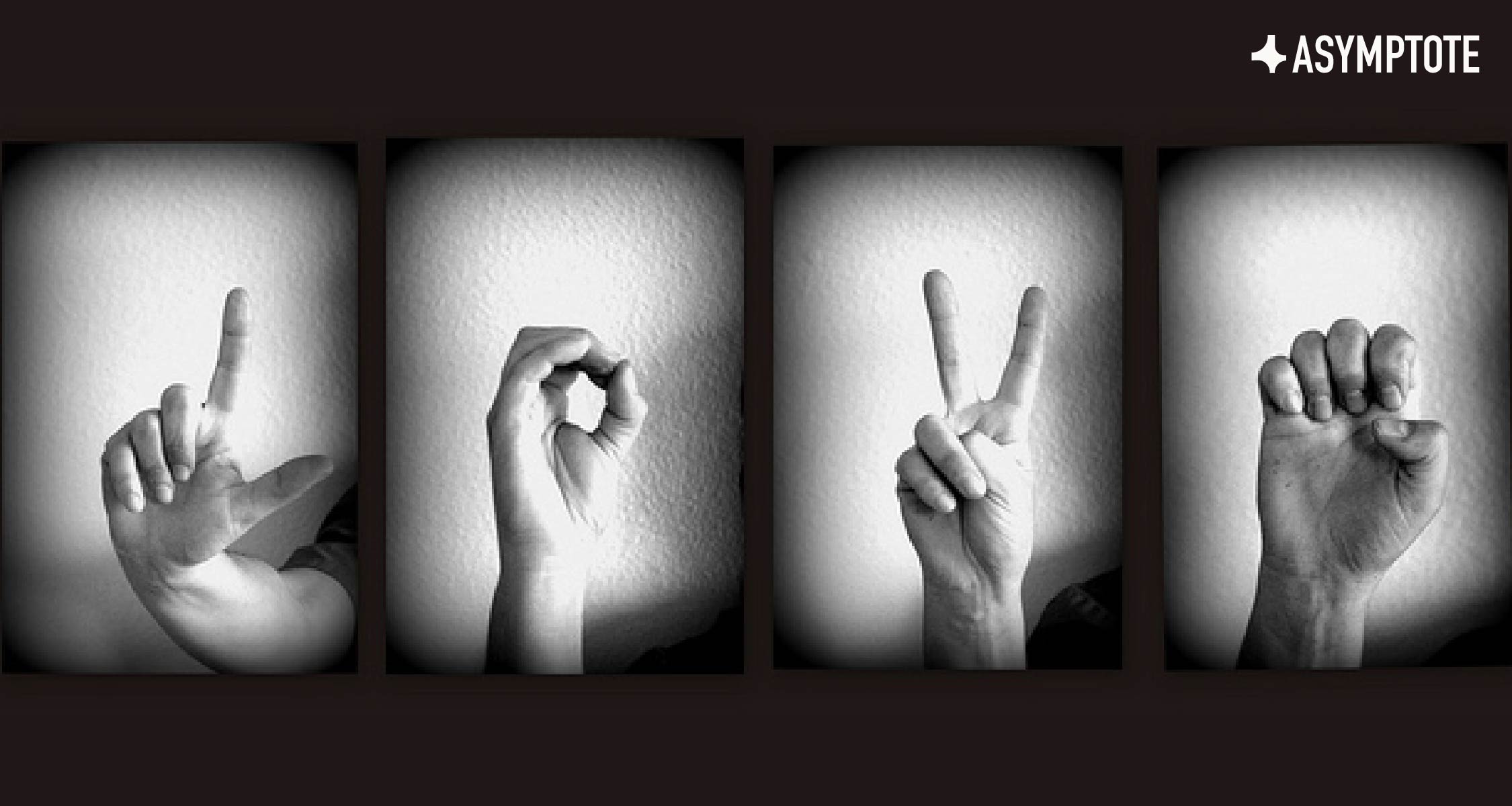In this week of literary news, we hear from our editors-at-large reporting from North Macedonia and the United States! From the recent poetry collection of a prominant North Macedonian poet to a dazzling few days of multilingual poetry and revelry, read on to learn more!
Sofija Popovska, Editor-at-Large, reporting from North Macedonia
In the last days of April, a new poetry collection by the prominent poet Katica Kulavkova, Na Vrv Na Jazikot (On the Tip of the Tongue), was published by Ars Lamina Press. The collection leans into an interrogation of the concepts of home and identity in the current day, a question that, in the Macedonian cultural context, is fraught with challenges and debates.
Katica Kulavkova (born December 21, 1951), whose work was featured in the Winter 2020 issue of Asymptote, is a poet, writer, and academic. She is a member of the Macedonian Academy of Sciences and Arts, the European Academy of Sciences and Arts, and a professor of theory and methodology of literature, hermeneutics, and creative writing. Her writing is deeply rooted in the interplay of the personal and collective; Kulavkova’s lyrical voice is informed by the negotiations between various aspects of being, as Macedonian, woman, mother, academic, artist, activist . . .


